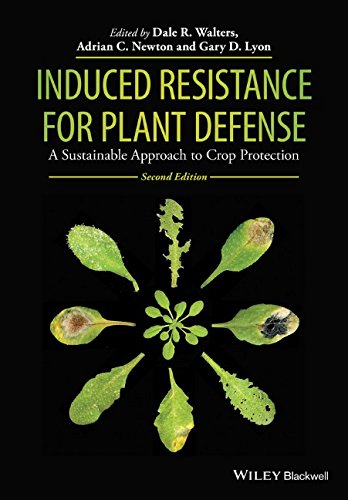

Most ebook files are in PDF format, so you can easily read them using various software such as Foxit Reader or directly on the Google Chrome browser.
Some ebook files are released by publishers in other formats such as .awz, .mobi, .epub, .fb2, etc. You may need to install specific software to read these formats on mobile/PC, such as Calibre.
Please read the tutorial at this link. https://ebooknice.com/page/post?id=faq
We offer FREE conversion to the popular formats you request; however, this may take some time. Therefore, right after payment, please email us, and we will try to provide the service as quickly as possible.
For some exceptional file formats or broken links (if any), please refrain from opening any disputes. Instead, email us first, and we will try to assist within a maximum of 6 hours.
EbookNice Team

Status:
Available4.4
29 reviewsInduced resistance offers the prospect of broad spectrum, long-lasting and potentially environmentally-benign disease and pest control in plants. Induced Resistance for Plant Defense 2e provides a comprehensive account of the subject, encompassing the underlying science and methodology, as well as research on application of the phenomenon in practice.
The second edition of this important book includes updated coverage of cellular aspects of induced resistance, including signalling and defenses, costs and trade-offs associated with the expression of induced resistance, research aimed at integrating induced resistance into crop protection practice, and induced resistance from a commercial perspective. Current thinking on how beneficial microbes induce resistance in plants has been included in the second edition.
The 14 chapters in this book have been written by internationally-respected researchers and edited by three editors with considerable experience of working on induced resistance. Like its predecessor, the second edition of Induced Resistance for Plant Defense will be of great interest to plant pathologists, plant cell and molecular biologists, agricultural scientists, crop protection specialists, and personnel in the agrochemical industry. All libraries in universities and research establishments where biological, agricultural, horticultural and forest sciences are studied and taught should have copies of this book on their shelves.